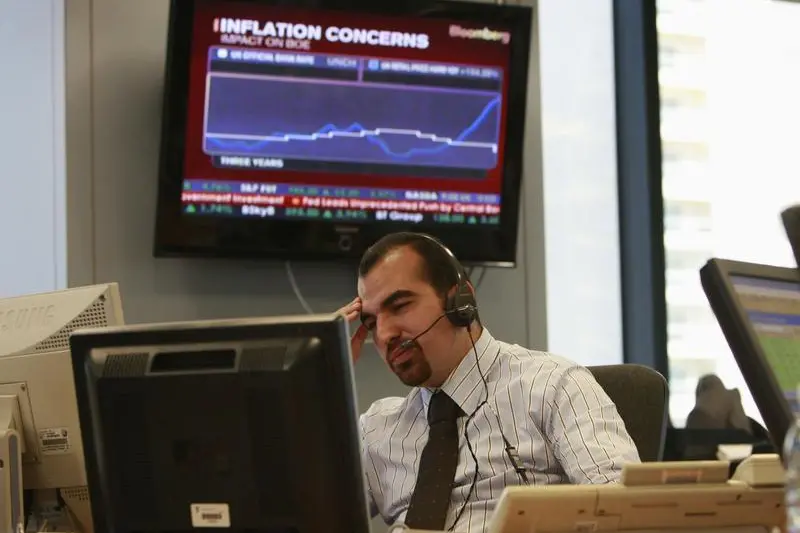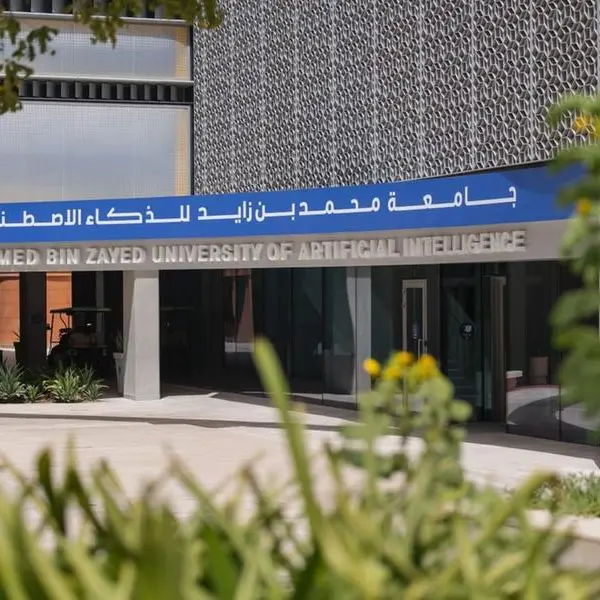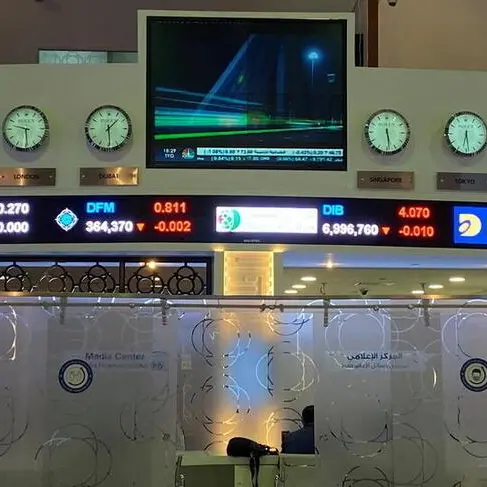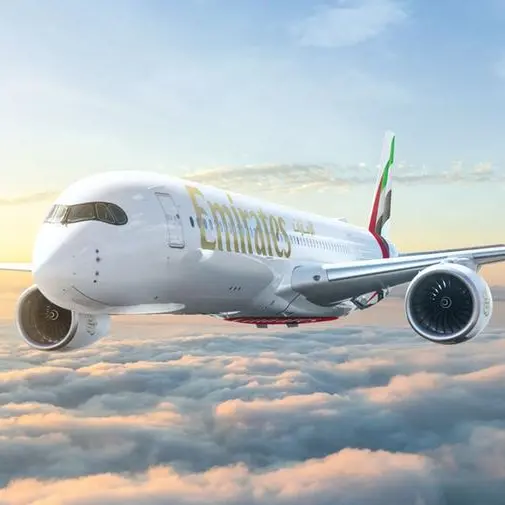PHOTO
Conventional and unconventional plans
By Thomas Schellen
On the banking sector’s consolidation front, 2016 saw some action. The already conjoined lenders BIT and NECB rebranded as Saradar Bank, and the acquisition of Bank Pharaon and Chiha by Byblos Bank and BLOM Bank’s acquisition of HSBC Lebanon had not only been long in the making, but should also not be put at the doorstep of the local economy. HSBC’s decision to pull out of Beirut was just one more link in a long chain of strategic decisions in its boardroom that was triggered by global regulatory and capitalization requirements with their costs.
BLOM Chairman Saad Azhari confirmed to Executive on the sidelines of the bank’s media lunch in November that “it took some time” to reach the acquisition deal. BLOM Bank and HSBC had entered negotiations for the acquisition at the end of 2015, he said. He specified that “for the last few months, the focus of negotiations was between [HSBC] and their employees,” adding that the acquisition process should be completed in the middle of 2017.
As for the banks’ plans and outlooks, decision makers at four banks present a wide range of perspectives. Bank Audi’s Freddie Baz politely but firmly sees Lebanon on the backburner in terms of Bank Audi’s internal profits growth. “We will not see an increase in its share of profits growth in 2017, because the trend is for our foreign entities to gain in share”, he explains. He adds that in his opinion, Lebanon’s contribution to the group’s consolidated assets and earnings, which stands at 50 percent today, should go down to one-third four or five years down the road.
“That is not because we have less appetite [for Lebanon], we will still be the largest bank and the leaders, but because we are operating in markets with much higher prospects of growth [such as Egypt and Turkey],” he goes on to say, clarifying that Bank Audi maintains its strategic outlook for the coming year based on the plan that it has pursued for several years now.
Creditbank, which has prioritized lending activity throughout its existence, will continue to be guided by the philosophy of giving credit. Chairman Tarek Khalife notes that the will of banks to extend credit to the private sector has been established over time and is proven by several years of expansion in private sector lending portfolios, but adds that the economic situation today makes it more difficult for lenders, who cannot find asset classes where they have good lending opportunities. “The slowdown of the economy is eating into the credit market. Our loan portfolios are growing, but we see that the rate of increase in lending is slowing and we have to make extreme efforts to find projects or companies to which we can lend with a good conscience,” he says.
Part of this slowing is, in the case of Creditbank, related to the effects of becoming a larger bank, he explains. A slowing of percentage growth over time is only to be expected in a bank that is growing in real terms, but while six or seven years ago Creditbank was growing its loan portfolios by 20 percent or more from year to year, this growth is now lower. However, the main culprit behind slower lending is the lackluster economy of the past few years, he says: “It has not been competition from other banks that is slowing us down. It is the economy that is slowing us down”.
Banque Libano-Française (BLF) will keep utilizing its existing and tested strategy going forward. “We continue to be a commercial and corporate bank. Seventy percent of our portfolio is in lending to corporate clients. What we are trying to grow, even though this period is very difficult for growth, is business with SMEs (small and medium-sized enterprises). By this, noting that all Lebanese companies by international definition are SMEs, I mean that we are trying to have more and more small businesses as clients and borrowers,” says Chairman and General Manager Walid Raphael.
According to him, the bank has substantially expanded the retail banking side of its business and reached a retail lending share of over 20 percent in its total loan portfolio. However, the composition of retail lending at BLF is still tilted towards housing and car loans, and comprises much less in terms of consumer loans or revolving loans. “We [provide such loans to] our client base where we already have the history with our clients and can be at ease with extending consumer loans. [The process of] acquiring new clients and expanding our client base is through housing loans,” Raphael elaborates.
Banks in the course of 2016 increasingly courted the SME sector, seeing with help from the International Finance Corporation that micro, small and medium enterprise markets have been underserved by their business and corporate banking departments. They continued to invest in the renewal of their ageing IT systems, expanded their digital banking channels, did the customary innovations of launching new cards and marketing assaults on specific target groups, and worked on enlarging their physical presence through new branches and some eye-catching head office projects. A notable example is BLF, which according to Raphael can’t wait to move its head office into the building with an architectural design that was determined earlier this year in a competition.
Banks in the course of 2016 increasingly courted the SME sector, seeing that micro, small and medium enterprise markets have been underserved by their business and corporate banking departments
Spotting cows
A very unconventional ambition in the banking sector comes from Banque Misr Liban (BML). As Executive General Manager Fadi Daoud explains, the bank wants to be perceived as a community bank. To this end, it has positioned a number of products in the course of 2016, most notably a “cow loan.” Used to finance milk producing cows, this extraordinary loan is tailored to demand for economic activity by rural women, but potentially also could target urbanites who want to connect in new ways to the Lebanese countryside and rural economy.
“We wanted people to stay in their villages by giving them the means to earn money, that’s why we have gone with the cow loan as a microfinance initiative,” Daoud says. The ultimate aim of this initiative is for BML to collaborate with municipalities, funds established by municipalities, and the Kafalat loan guarantee corporation in setting up complete agro-industry production chains in certain rural areas. Under this business model, which was launched in 2016 as a pilot project, BML will finance a string of farms and interconnected factories (for agro-industrial production, packaging, logistics, etc.) together with a fund operated by municipalities. According to Daoud, the initiative will also include knowledge transfer, branding and quality assurance, seeking to create Grade-A brands of products from specific rural areas of origin.
Going even further “out of the box” of conventional bank thinking, the cow loan could appeal to city dwellers as an eco-compatible, almost patriotic investment opportunity whereby loans to buy (livestock-insured) bovines could be combined with contracts to have the animals placed at farms under revenue-sharing agreements for the net income produced from milk. Plus, the project could involve emotional bonding options by the creation of an app which enables the cow investor to view her or his animal on their smartphone by way of a farm-mounted camera. “We believe this initiative is good for the villages [and for the bank] as we really have a role to play for our community and we are being paid for that,” Daoud says and enthuses further, “The idea also is to provide city kids with an incentive to watch their cow online and get young people interested to visit the farm and care for the cow.”
Convergence of fortunes
As far as the improved convergence of fortunes between the Lebanese banking sector and the national economy, bankers are convinced that the central bank’s financial engineering will move the country closer to this goal.
Creditbank’s Khalife hopes that the current optimistic sentiment will create the dynamic for a self-fulfilling expectation for positive change.
“We have to have our eyes on structural reforms which will trigger everything else,” Khalife says, pointing out that there is enough potential for foreign direct investment or investments from savings present in Lebanon to warrant a future of unprecedented opportunities. He argues, however, that Lebanon needs to learn how to pull itself up, saying that a Paris 4 donor meeting would be “absurd,” in the sense that one should not expect outcomes to differ when repeating the exact same action.
In this context, he sees a new attitude and approach of self-dependency and seeking to solve the country’s problems without reliance on external help as the best way forward. An increase in lending will be needed for this, and while all alpha banks are effective lenders, not all are efficient in this activity, Khalife notes, saying with a view to Creditbank’s leadership in lending growth, “the market considers Creditbank to be efficient.”
For Bank Audi’s Baz, lending to the private sector is key and has new prospects thanks to Banque du Liban’s measures of 2016. “We look at the banking industry in Lebanon as almost saturated, which is not exactly the case. First, the capacity utilization rate in the private sector is at 75 percent – which means that we have a 25 percent output gap. Closing this gap is only possible through new waves of loans to the domestic private sector, [meaning] corporate and commercial loans and even SME and retail loans. We have started a national campaign this fall on our SME banking services,” he emphasizes.
According to Baz, the second thing to consider is the ratio of retail lending to per-capita income in Lebanon, which is lower than in countries with comparable per-capita incomes. “If we [analyze] loans in Lebanon with a breakdown between corporate, commercial, SME and retail loans, comparing Lebanon to countries like Turkey and Mexico, which are similar in per capita income, the ratio between SME/retail and corporate/commercial loans is over 50 percent of loans extended on the side of SME/retail,” Baz says, whereas the split between corporate/commercial lending and retail lending in Lebanon is still 60:40 or more in favor of corporate/commercial. He concludes, “This means there are many persisting gaps to be filled in SME lending and retail lending. You also have a need to launch new waves of loans to the corporate sector in order to close the output gap.” In short, from the banking perspective, there is potential in Lebanon.
Thomas Schellen
Thomas Schellen is Executive's editor-at-large. He has been covering Middle Eastern markets and business for nearly two decades.
© Executive 2017












